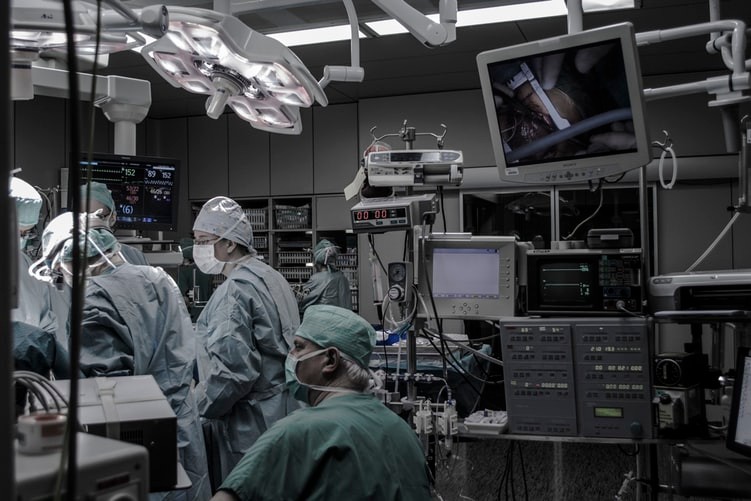
Cleveland.com: Ventilator shortage during coronavirus? 3-D printing could save lives
UC anesthesiologist discusses ventilators
Imagine printing a three-dimensional piece of plastic that could help save a coronavirus patient’s life. 3-D printing is one solution proposed to address an expected shortage of ventilators, machines that keep patients whose lungs are severely damaged alive. Experts are expecting a shortages of ventilators as the number of people impacted by the coronavirus pandemic grows in the U.S.
Ventilators work through a breathing tube inserted into a person’s windpipe. The machine inflates the lungs with air and then deflates the lungs, removing carbon dioxide. A medical professional uses a computer to control the amount of pressure placed on the lungs and the amount of oxygen.
Coronavirus patients are at risk of pneumonia and acute respiratory distress syndrome, which has a high mortality rate. Dr. Suzanne Bennett, an associate professor at the UC College of Medicine and an anesthesiologist at UC Health, discussed the workings of ventilators.
A traditional ventilator costs about $25,000 to $50,000. Bennett said some of the “bells and whistles" on a hospital-grade ventilator help medical professionals operate the machine effectively, and reduce the workload for respiratory therapists. With a shortage, respiratory therapists would be spread thin.
“I think all of us are concerned with the safety of that patient in that situation,” she said.
Related Stories
World class: Alumni travel program connects Bearcats on global scale
January 7, 2026
Most people have a natural curiosity to see the world. Meanwhile, most Bearcats enjoy being around other Bearcats. Alumni can check both boxes through the UC Alumni Association’s travel program, which offers about half a dozen excursions each year to fascinating places around the globe.
UC launches Bearcat Affordability Grant
January 7, 2026
The University of Cincinnati is making college more attainable for students across Ohio with the creation of the Bearcat Affordability Grant. The new grant will provide a pathway to tuition-free college for students of families who make less than $75,000 per year. Beginning in fall 2026, the Bearcat Affordability Grant will cover the remaining cost of tuition for Ohio residents who are Pell eligible.
Chris Higgins named UC Foundation Vice President for Development, Academic Health Enterprise
January 6, 2026
The University of Cincinnati Foundation is pleased to welcome Chris Higgins as the new Vice President for Development, Academic Health Enterprise.
